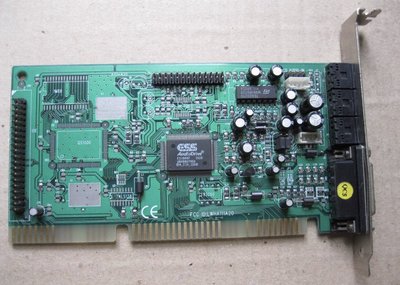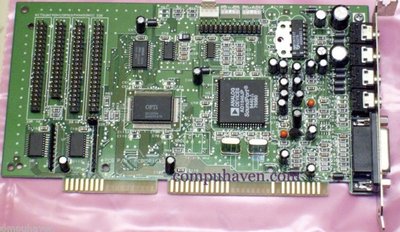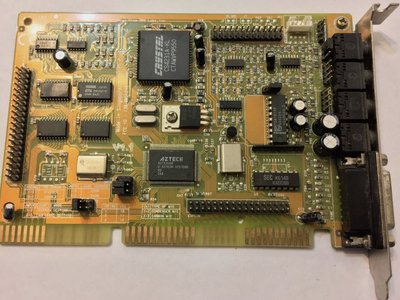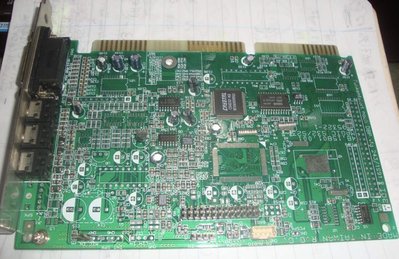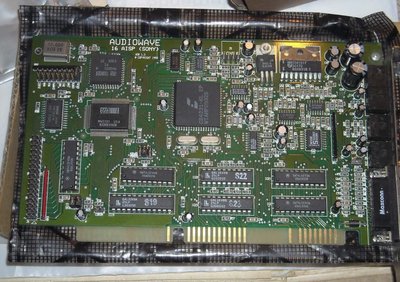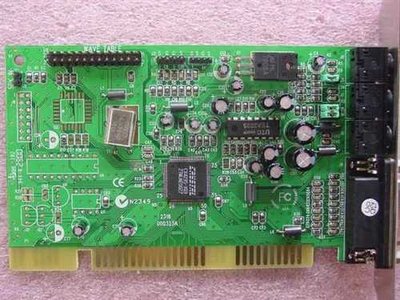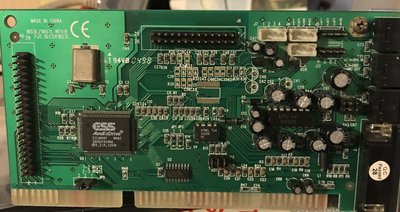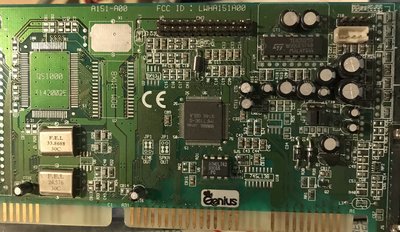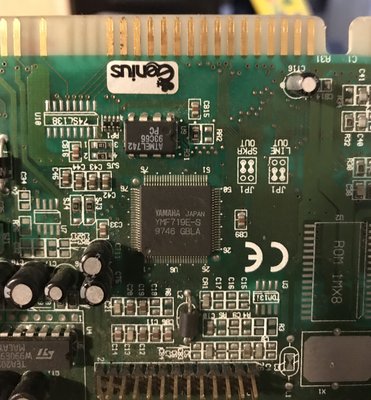There are typically 4 main points you need to consider when buying a soundcard:
1) OPL3 implementation
If you plan to use OPL3/AdLib standard for music, then you need to look at the way your card implements it. Creative cards have three options: a real Yamaha chip (it's usually visible on the board), a CT1747 (also written on the chip itself, has OPL3 integrated) and CQM (basically what you get when there are no Yamaha chips on the cards). First two are nice, while CQM can sometimes sound a bit off, but it's pretty subtle and subjective. Here's a video that demonstrates the differences.
Non-Creative cards can have Yamaha OPL3 chips, too, but more often they have a clone chip of some sort. ESS has ESFM which is considered to be the best non-Yamaha implementation of OPL3. But basically the easiest way is to get any cheap Yamaha card — they will have true OPL3, of course. Crystal-based cards, for example, have worse OPL3 implementation.
2) Sound quality
It's mostly about how noisy the card is. This is where it gets complicated with Creative cards. The newer the card is, the cleaner the sound will be, but the less likely it will have OPL3 and bug-free MIDI. For example, Vibra and AWE64 cards sound pretty clean, but usually they have only CQM. There are exceptions — for example, some Vibra CT2940s have OPL3 chips.
With older cards you can sometimes mess around with mixer settings to get better sound. Basically quality loss appears when the card tries to amplify the sound by itself, so the quieter the sound output is, the less noisy it gets. You just pass the sound to powered speakers that amplify the sound themselves.
ESS and Yamaha cards are often considered to have nice sound quality.
3) Hanging note/MIDI bugs
This is mostly an issue with Creative cards. It goes like this — if you want to use a MIDI device (like a Waveblaster addon or an external MIDI unit like Roland SC-55), some notes might get stuck. Here is a proper explanation. This is mostly a non-issue with non-Creative cards. Some people actually use two soundcards for that reason — an original SoundBlaster 16 and a clone that will drive MIDI. Besides, there are standalone MIDI cards like Yamaha SW60XG, Turtle Beach Maui and Roland SCC-1 that don't use your SoundBlaster for accepting MIDI commands.
Again, this is only an issue if you want to get MIDI/Wavetable music. You don't need to bother with this if all you need is AdLib/OPL3
4) SB compatibility
There are actually two main SoundBlaster standards: SoundBlaster Pro and SoundBlaster 16. SB16 devices play 16-bit sound samples as opposed to 8-bit and get "CD-quality audio". Most clones are SB Pro compatible. Usually people argue that most DOS games actually don't use 16-bit samples, but there are noteable exceptions. Here is an attempt to list those exceptions.
Here is my personal favourite list of soundcards:
1) SB16 CT2230 — relatively clean output, true OPL3, few MIDI bugs;
2) SB16 Vibra CT2940 w/OPL3 — really clean output, true OPL3, but MIDI is buggy;
3) Yamaha YMF-based (OPL3-SAx) cards (like YMF-718). Nice sound quality, true OPL3, drivers come with a half-decent software MIDI synthesizer;
4) ESS AudioDrive — dead simple DOS drivers, nice sound quality, decent OPL3;
5) AWE64/SoundBlaster 32 — best sound quality, half-decent wavetable (hard to expand, though), easy to find (the Value edition, at least), no MIDI bugs. CQM only, though.
Furthermore, here is a great explanation of different SoundBlaster 16 revisions. Here is an explanation of AWE32/AWE64 options.
